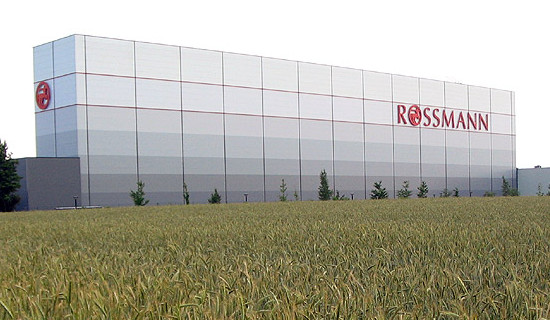Colour Harmony · Lightness Variation
How do I find the shades of lightness for a colour?Vernacular says "Birds of a feather flock together"
The brightness variation is not only suited to finding additions with the goal of a harmonic composition, but it is also suited to finding other (brighter or darker) variations of the selfsame basic statement. Playing with the diverse brightness’s reminds of light and shadow, compared to the other harmony variations (complementary colour contrast, Saturation contrast) it has a much greater ease to it.
Brightness variation is also referred to as “brightness contrast” in the literature. We preferred the term “variation” as the results are not contrasting, but rather next to each other, like variations of the same thing.
First the program calculates the ideal brightness variation to a colour tone, which merely varies the brightness according to the specified measure when the primary colour tone and degree of saturation (H and C in the CIELAB model) stay the same. With the selection of the “real colours” the next closest colour of the appropriate colour systems are indicated along with the deviation from the ideal.

The Rossmann-Zentrale in Hannover-Großburgwedel is a successful architectural example.
Brief Instruction
- Select „Colour harmony“ and the second button of the harmony variants.
- Choose the starting colour of the harmony calculation. Either by entering colour values or by selecting one of the included colour systems.
- You can select the number of steps (including the starting colour) below the result rectangle.
- Using the results-list calculate with "Colour system" either...
- ideal type brightness gradation (L-variations in CIE Lab), or
- the colours located closest to these results as well as their variances ∆E to the according calculated ideal colour.
A click on the PDF button opens a window which includes the results in a well arranged form combined on one page.

A brightness variation in the Brillux Scala System.
Further Function
You can also display the brightness variations also as HLC-, RGB– or CMYK-colour values. The RGB is based on the sRGB convertation of the ideal Lab colours, CMYK is based on the art print version (Offset coated paper).
Double click on any given colour in the results field the colour will create a new brightness variation for the newly specified colour.
Notes
In colour systems in which there are no brightness variations the program will also not be able to find any.